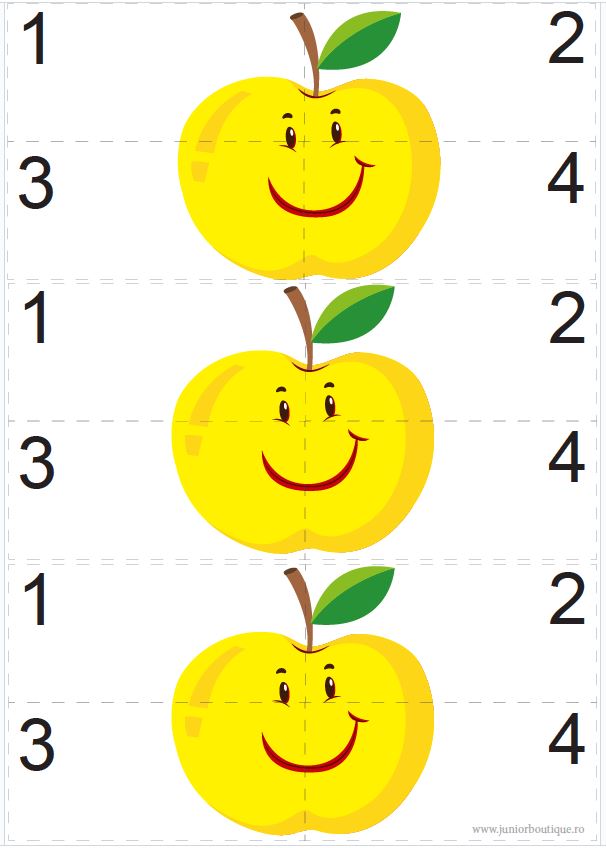Îmbrățișează magia copilăriei!
Momente de joacă și aventură memorabile
Descoperă universul jucăriilor, hainelor și accesoriilor perfecte pentru cei mici! Alege produse sigure, creative și pline de culoare, pentru momente de joacă și explorare de neuitat!


Descarcă gratuit!
Mini puzzle gratuit în format PDF
Acest mini puzzle dezvoltă abilitățile de asociere și potrivire ale copilului, spiritul de observație, perspicacitatea, răbdarea și capacitatea de a finaliza un proiect.
Profită acum de promoție și oferă bucurie celor mici!
🎈 Reduceri de poveste pentru cei mici! 🎈
Bucură-te de oferte exclusive și transformă fiecare moment
într-o aventură plină de magie! ✨💖
🌟 O lume de creativitate și învățare! 🌟
Descoperă colecțiile noastre și inspiră micii exploratori!
Cu fiecare produs ales, copilul tău își dezvoltă imaginația,
cunoștințele și încrederea în sine.

Jucării și Jocuri

Activități Educative

Descoperă Lumea
Site-ul juniorboutique.ro este un agregator de produse



